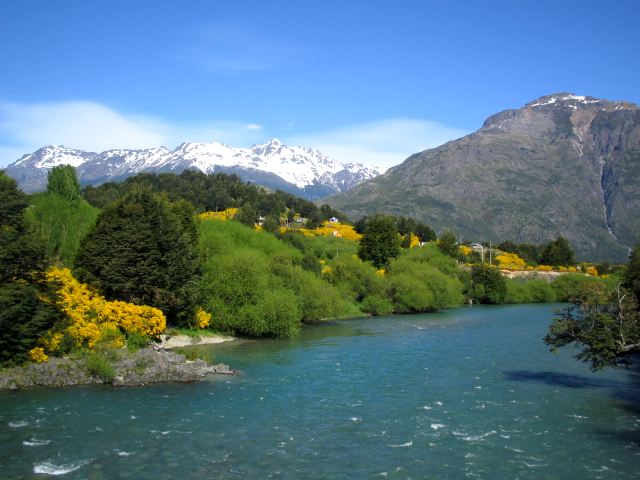| ||
| The Earth has gone through many cycles of warming and cooling in the past. As Earth's climate changes, nature responds to bring things back into balance. We know there has been an increase of carbon dioxide in the atmosphere during the last 100 years. We also know that carbon dioxide absorbs heat from the Earth's surface, slowing the escape of heat from the Earth's surface to space. This is the Greenhouse Effect. This increase in carbon dioxide (CO2) has been partially linked to human activities, such as manufacturing and burning large areas of forest. Some scientists think this will cause the Earth's ice caps to begin to melt, causing ocean levels to rise. Coastal cities would risk flooding. Other scientists think the Earth will adapt. One thought is that some plants will benefit from more carbon dioxide. Since plants use carbon dioxide, this may make them more efficient growers. Some evidence of this may already be occurring in some types of ocean algae. When the algae die, it sinks to the ocean floor, taking carbon with it. This is called carbon sequestration, and is a way the amount of carbon dioxide in the atmosphere might be reduced. If these adaptations occur, a change in Earth's climate would still take place, but the change may not be as drastic as some predict. It usually takes decades or centuries for changes in climate to take place. We will not know the total effect of the warming atmosphere on Earth's climate and ecosystems for some time. This does not mean that attempts should not be made to reduce the amount of carbon dioxide people are putting into the air. Recently, many governments worldwide met to set up limitations on the amount of carbon dioxide and other greenhouse gases (gases that slow down heat escaping from the Earth). Individuals can do their part by doing things like planting trees and using products that do not release large amounts of carbon dioxide into the atmosphere. | ||
ENERGY AND ECOSYSTEM ; USE SOME LOOSE SOME
| |||||||
The original source of almost all energy in an ecosystem is the Sun. All of the energy the sun releases does not reach Earth. One one-billionth of the Sun's total energy output actually reaches the Earth. Of all the energy that does reach Earth, slightly less than 34 percent is reflected back to space by clouds. The Earth itself reflects another 66 percent back to space. Less than one percent of the total energy that reaches Earth is used by plants for photosynthesis. Plants are often called producers because of their ability to make their own food from the sun's energy. NATURAL RESOURCES . CAN WE USE THEM FOREVER????
| |||||||
